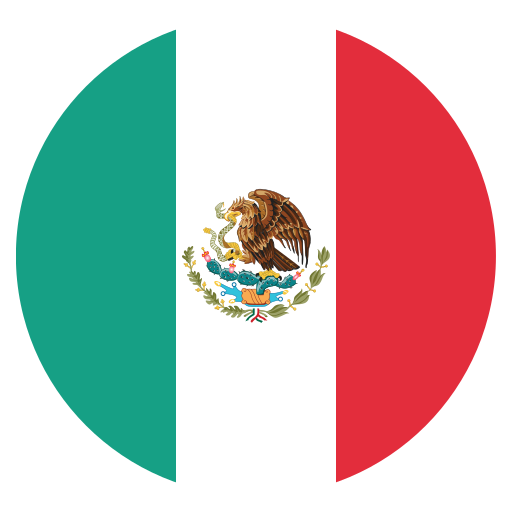When starting to export goods, there are different aspects that must be taken into account. One of them is the type of packaging you will use, whose objective is to keep your products in the best possible conditions.
As you probably know, the transportation of exports entails various risks, such as impacts, falls, climate changes, infectious microorganisms, among others, which can lead to a poor experience with your product for the end-user.
Therefore, in this blog, we will list some of the most important packaging types in export:
Primary Packaging
Its main function is to store and protect the product with which it comes into direct contact. Therefore, it is important to use materials that preserve the quality of the product without affecting its composition.
The most commonly used materials in this primary packaging, also known as containers, are:
- Glass
- Plastic
- Metal or aluminum
Secondary Packaging
This type of packaging is used to export several primary packages in a single container. Therefore, its objective is to facilitate transportation, provide greater protection, and optimize storage.
Among the most commonly used materials for secondary packaging are:
- Cardboard
- Wood
Tertiary Packaging
In this type of packaging, both primary and secondary packaging are contained. They are used for much larger cargo units such as pallets or containers.
Their objective is to group different products to facilitate their transportation and handling, so the materials that best allow this are:
- Wood
- Cardboard
Before choosing the packaging for exporting your merchandise, research its characteristics, benefits, disadvantages, and above all, its compatibility with your product. The advice of a customs agency can be very helpful in these cases.
On the other hand, you should also consider the packaging regulations for each type of packaging. You can learn about these standards in the section of the Federal Commission for Protection against Sanitary Risks (COFEPRIS).
Follow us on Facebook, Instagram, and Twitter for more content and information on exports in Mexico!




 52 55 5550 5059
52 55 5550 5059
